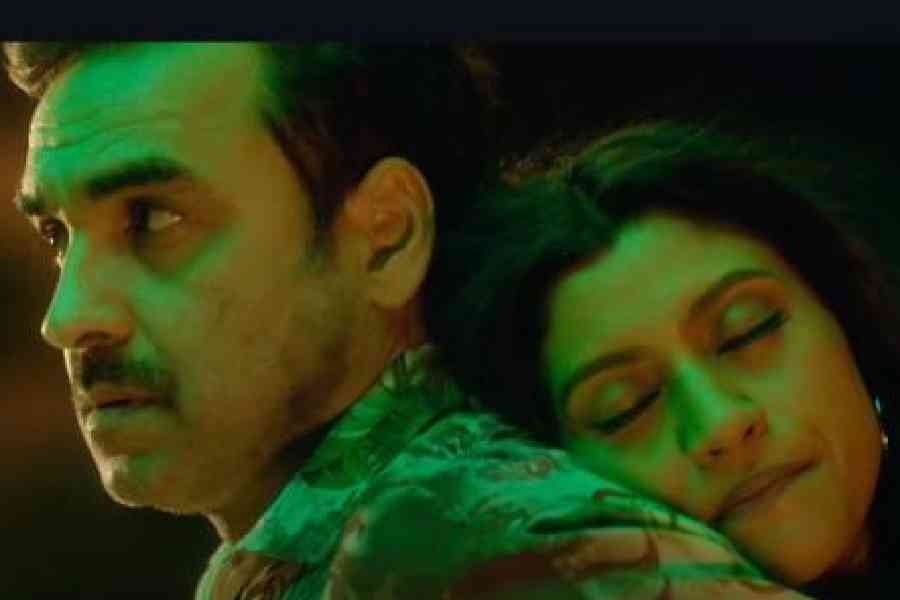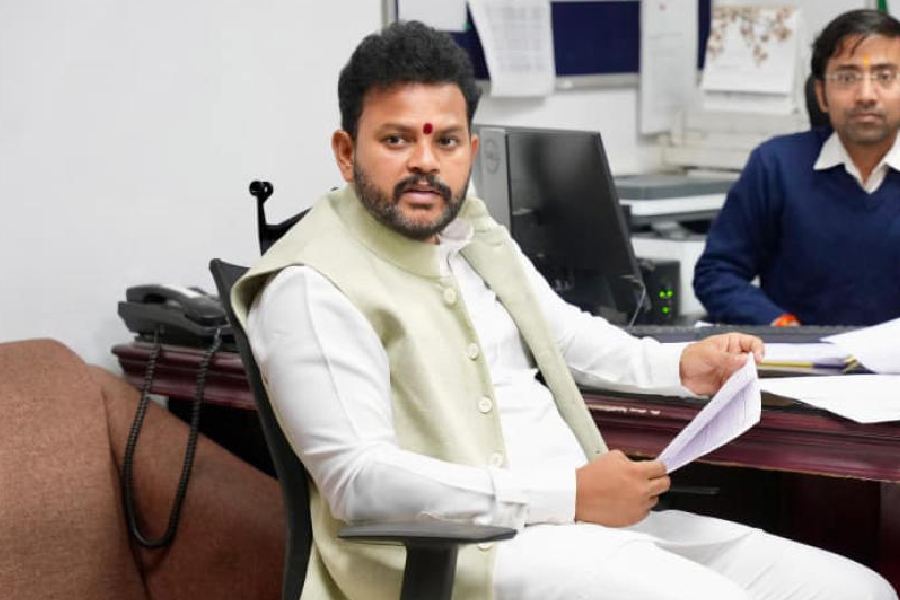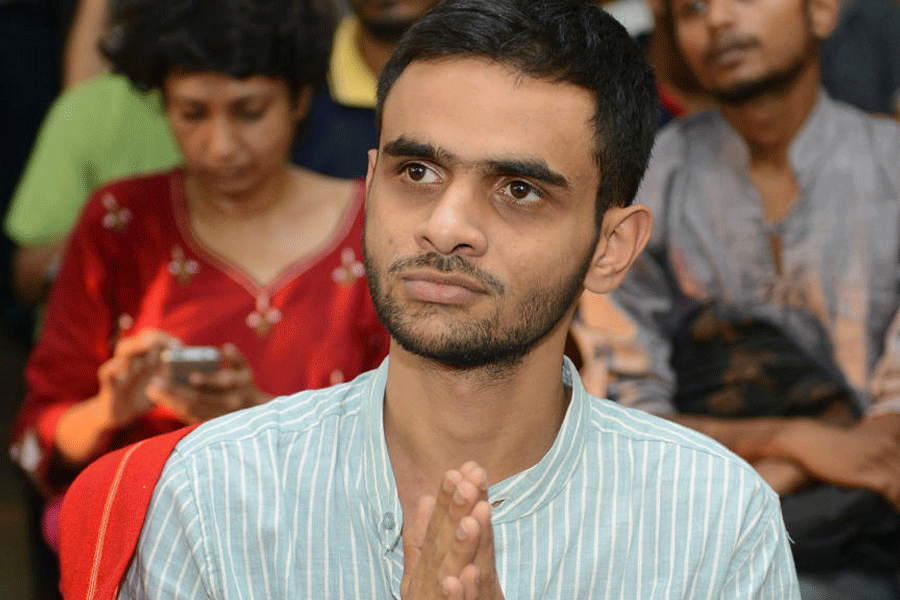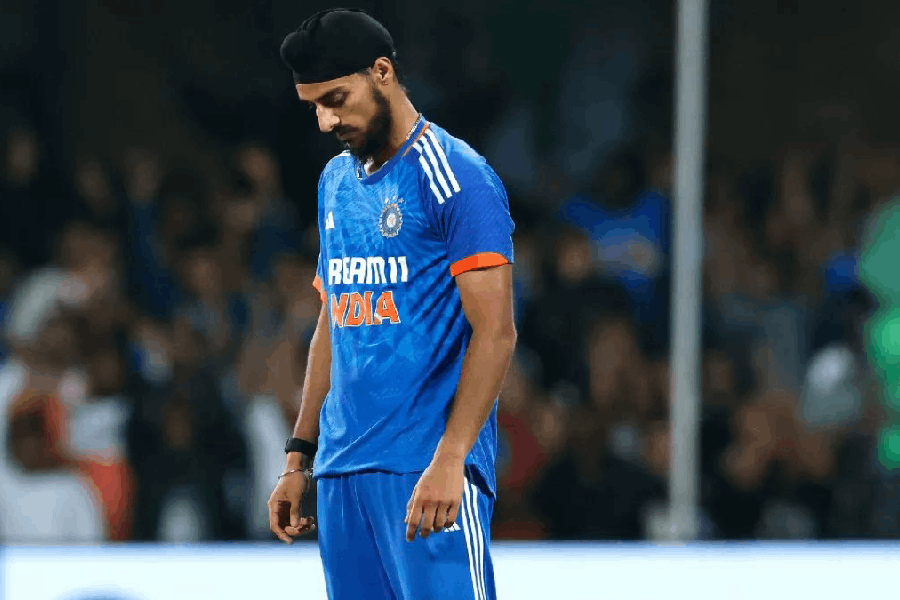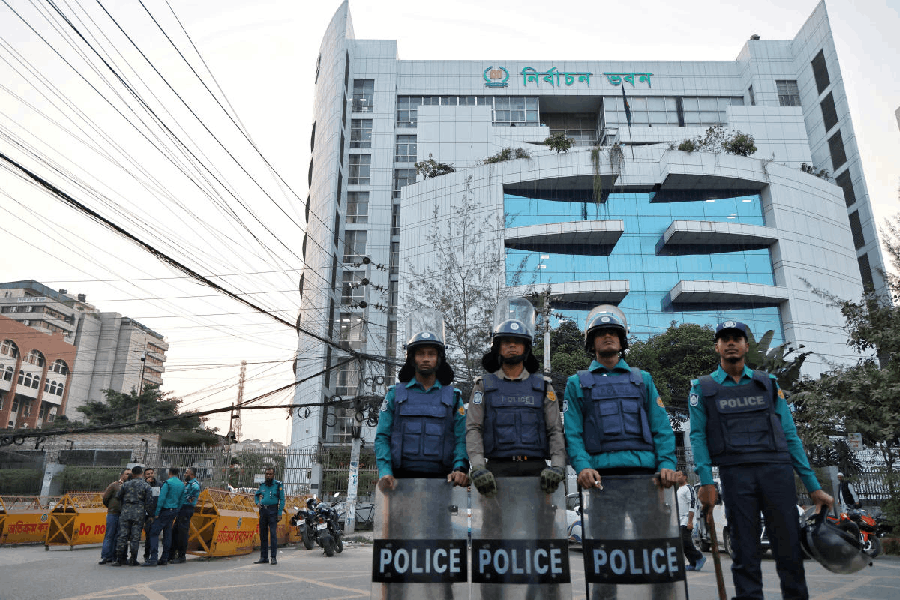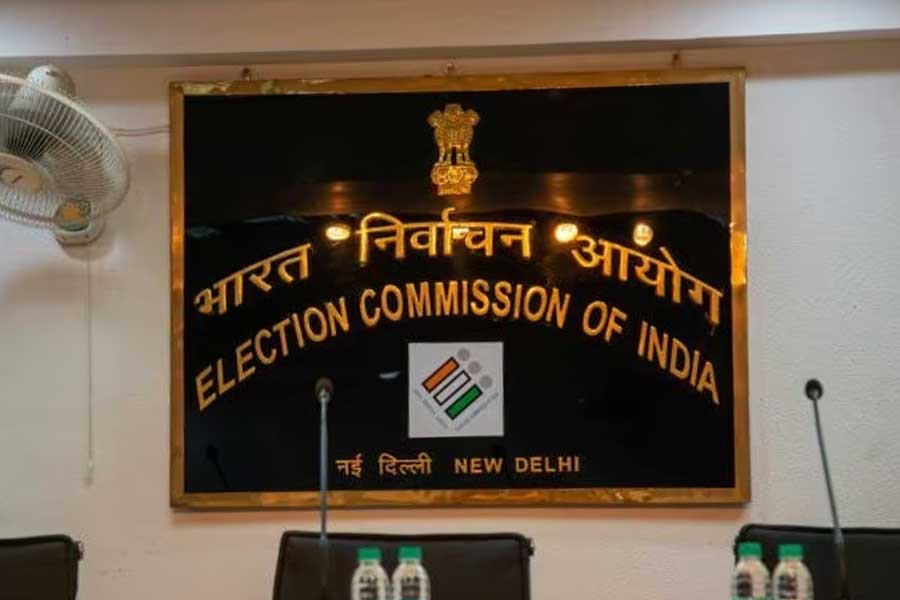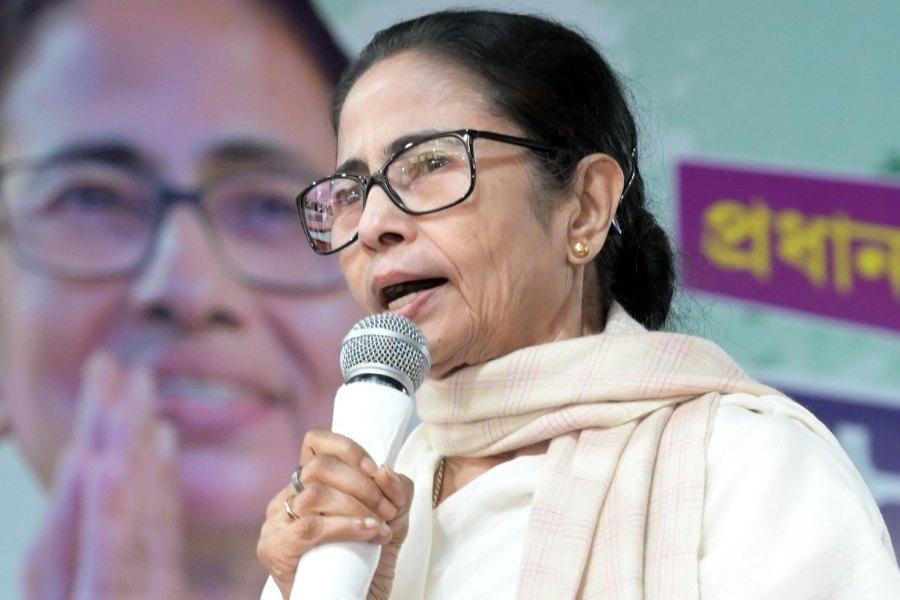Eighteen years after his much-loved relationship drama Life in a... Metro, director Anurag Basu’s four-stories-in-one-film follow-up Metro... In Dino is now playing in cinemas. t2 chatted with Basu a day after release to know more about his film that stars a strong ensemble cast comprising Aditya Roy Kapoor, Sara Ali Khan, Konkona Sensharma, Pankaj Tripathi, Ali Fazal, Fatima Sana Shaikh, Anupam Kher and Neena Gupta.
What has it been like for you since the release of Metro... In Dino?
Jaader jonno chhobi ta banano hoyechhe taader bhalo lagchhe... sheta akta positive byapar (the audience that I made the film for are liking it). The film has just released and, to be honest, I don’t take the feedback at premieres and special screenings very seriously because those are attended by members of the industry who will generally have good things to say. My biggest takeaway will be from what people are saying after walking out of the theatre. These are the people who will spend their hard-earned money to come and watch the film. What are their thoughts, how do they feel, that is very important.... I am keeping my fingers crossed.
Most are aware of your unorthodox filmmaking style. Have you done anything new in making Metro... In Dino that you haven’t done before?
The process has really been the same. I have been consistently chaotic in my style of filmmaking and perhaps now people are getting used to my ways (smiles). When you write a hyperlinked film like Ludo or Metro... In Dino, you have to have a very tight screenplay much before your film goes on the floors. Everything is linked and though it may seem chaotically connected, there has to be a smooth transition from one story to the other. Contrary to what is believed, everybody on set, except the actors, knows what is happening. It is just not me who keeps it in my head.
But why do you not keep your actors informed?
Because that is the only way I can extract the best performances from them. Every director has his own way, everybody has their own rules, and this is what my method is. I may be wrong, kintu akhon obdhi, I think this style has worked, at least in parts. Over the years, I feel I have been able to take out some very good performances from the actors I have worked with. Also, it is not that they come in with zero information. I give them as much information as they need in order to be able to perform that day. The rest has to flow organically and spontaneously. That is how magic is created.
The inevitable question is that why did it take 18 years to come up with a sequel to Life in a... Metro?
I always try not to repeat myself, I always try to do something new. Metro niye akta kichhu notun korbo eta bhebei ato bochhor kete gelo! I did try to write something before Jagga Jasoos, but no new stories that would fit into this template came to me... shob ideas purono lagchhilo.
Finally, the times we are living in automatically brought the idea to me. The kind of stories floating around, the kind of relationships and interactions I see around me... when I finally started writing Metro... In Dino, it all flowed organically.
When you made Life in a... Metro, the anthology format was virtually unexplored in Hindi cinema. But now, it is quite common. Did that awareness creep in while writing Metro... In Dino?
That awareness is what gave me the idea of making this film into a musical of sorts. More than differentiating it from the anthology format itself, I did it to make it different from Life in a... Metro. Life in a... Metro was set in a more real space, it was quite dark and its characters were a mirror to and of society. This time around, I wanted to have a fun, witty and musical take on the stories of relationships that we see around us. In Metro... In Dino, golpo gulo aktu exaggerated and over the top... it was a conscious decision. I figured that is the only way in which I can give a new spin to this template... otherwise same hoye jeto.
I know that there will be people in the audience who will be disappointed if they walk in expecting the same kind of treatment that was there in Life in a... Metro. If they come in with that hangover, tahole aktu disappointed hobe. But this is the only way I could think of to explore this template differently.
But the new film definitely retains character types and moments and also has hat tips and homages to Life in a... Metro...
Yes, there are a lot of Easter eggs in the film. There are many similar dialogues and even situations. All of that was done to establish a thematic connection and I think they have worked to a large extent. That was a conscious decision. Shobai toh multiverse banachhe, aami keno banabo na?! (Laughs)
Writing and filming which story in Metro... In Dino was the most fun and creatively satisfying experience for you?
I enjoyed all of them, but the one that was easy to relate to was the Pankaj (Tripathi) and Koko (Konkona Sensharma) segment. Their interactions are pretty similar to how Taani (his wife and the film’s co-producer) and I are with each other. After watching the first cut, she told me: ‘Ei, tumi shob amader scene keno dhukiye diyechho?!’ (Laughs)
Naming Pankaj Tripathi’s character Monty was obviously an ode to Irrfan in the first film...
That was actually Koko’s idea, not mine. I had not written the character as Monty. But on the first day of shoot, Koko asked me why I wasn’t calling the character ‘Monty’. I asked: ‘Should I?’ and she said: ‘Of course!’ I thought it would be a nice thing to do and we went ahead with it. It was her idea completely.
Given Irrfan’s absence, it must have been quite nostalgic for the two of you...
Yes. The day Koko walked on to the set, we both felt so nostalgic, it was deeply moving for both of us. Before that, it hadn’t quite hit the two of us, but that day it did.
In Life in a... Metro, Mumbai was a living, breathing character. What made you hop, skip and jump from one city to another in the sequel and not place it in a single metro?
Honestly, I wish I had more time because the Metro series of films has a lot to do with how the city you live in affects your life and your relationships. We wanted to show how Calcutta is different from Mumbai, how Bengaluru is different from Delhi. That was the initial idea. But the film became so dense that eventually I had to remove that layer from it. I felt that whole perspective would add too much for the audience to grasp in a film that already had so much to say, and hence, I had to let go of it.
I really wanted the film to dig deeper into how boundaries have blurred, how the fabric of long-distance relationships has changed, how the distance between cities has reduced because of improved technology and communication. It is all reflected in the film, but I wanted to say more.
Did the element of dating apps, social media as a facade, et al form the core of the story when you started writing it or did they later flow in?
We didn’t start off by thinking of those things. They came in organically and automatically while we were writing it. Most of the time, I keep asking questions to Google Gemini... like Monty does in the film! That is how it found its way into the script.
Band Metro was an integral part of Life in a... Metro, as it is of Metro... In Dino. But since you have fashioned it as a sort of musical, songs are used to underline almost every situation, scene, feeling and action in this film. At any point, were you apprehensive that there could be an overkill?
Not really. But the audience has to get used to it and the film calls for concentrated viewing. That is why we introduce the element within the first 10 minutes of the film — the characters even introduce themselves through music — so that the audience is made aware that this is the narrative format that will be followed in the film. But we were never apprehensive about this.
I hope it doesn’t take another 18 years for the next Metro film...
(Laughs) I hope not! But I want to avoid the anthology format, this kind of hyperlinked story template for a while. My next two films (a love story with Kartik Aaryan-Sreeleela, and Black Tiger, which tells the life story of Indian spy Ravindra Kaushik) are not in the anthology format. I don’t know when I will get back to writing another again.

